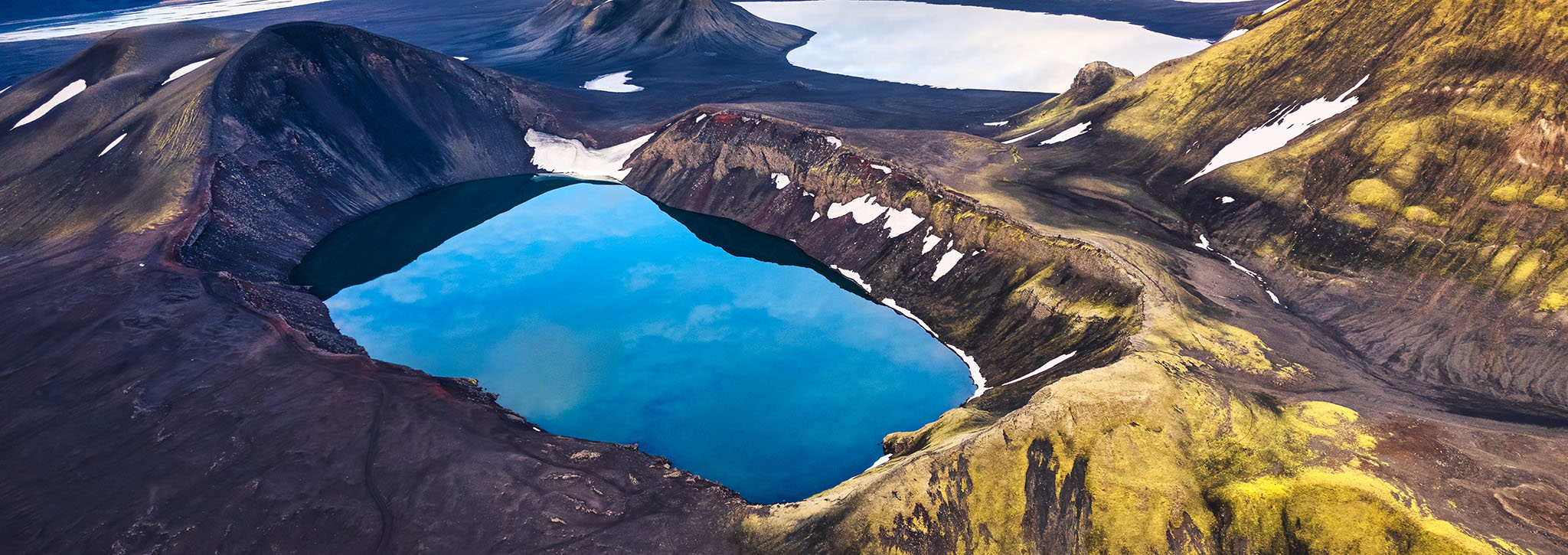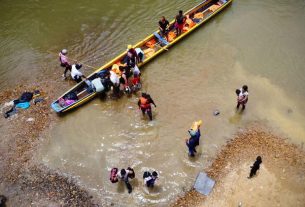The Ornithopter in the sci-fi blockbuster film Dune resembles a helicopter crossed with a dragonfly. It’s no wonder why.
Ever since humankind has imagined flight, pioneering engineers have taken inspiration from nature. Today they’re striving to build flying robots that can reach remote places to monitor the environment and collect samples.
Flapping wings
Birds, for example, are an excellent model for investigating designs, according to Dr Raphael Zufferey, a roboticist at the Swiss Federal Institute of Technology in Lausanne.
‘They benefit from millions of years of evolution,’ he said. ‘So we have something that has been optimising throughout history.’
Zufferey leads a research project that received EU funding to develop robots with flapping wings.
Called FAAV, the project began two years ago and has focused on light, affordable flying machines that could be sent to explore rivers, lakes and seas to monitor their health and gather data.
Aerial-aquatic flapping robots can both fly to reach secluded locations and dive to explore, for example, the underwater realm of volcanic lakes.
‘With a robot that weighs 200 grammes, you could strap it to your backpack, walk to the edge of a volcano and launch it into a lake,’ said Zufferey.
He reeled off examples of other potential uses for these robot helpers such as studying the health of coral reefs, taking specimens from marine organisms for DNA tests or analysing underwater sediments.
Takeoff test, swim success
Zufferey said the main technical challenge is getting the robot airborne from the water. So far, his team has had some success in the laboratory.
‘It’s still a work in progress,’ he said. ‘But there were quite good first results.’
“
With a robot that weighs 200 grammes, you could strap it to your backpack, walk to the edge of a volcano and launch it into a lake.
The researchers are investigating both folding and non-folding wings to see what works best. The team also managed to get its robot to swim at a speed of one metre a second after entering the water from the air – faster than most other swimming robots.
‘This was also a very good first result,’ said Zufferey. ‘We were able to get a robot to swim well even though it was originally made for flight.’
Mimicking nature in these ways is less simple than it may seem and involves plenty of trade-offs. For instance, the robot needs to be both light enough to fly and dense enough to dive with sensors for sampling.
In seeking the best mix of materials, the researchers have turned to advanced polymers and carbon fibre – known for its good strength-to-weight ratio.
Zufferey said it may be possible to have a robot that is able to fly and swim within around six months. He estimated the cost at about €350 apiece, saying that’s good value for activities like environmental monitoring.
Subterranean realm
Going yet deeper, other researchers are designing a robot able to venture into challenging underground places, including ones with water, to extract minerals.
Europe has about 30 000 closed mines that still hold raw materials including chromium, copper, gold, iron and zinc crucial to industries such as energy and electronics. Recovering these materials with robots in an environmentally sound way would avoid humans having to go into dangerous places and reduce the need for imports.
“
The ultimate idea is to provide Europe with sustainable domestic sources of raw materials.
‘The logical choice is to send robots,’ said Dr Claudio Rossi, a roboticist at the Technical University of Madrid in Spain. ‘The ultimate idea is to provide Europe with sustainable domestic sources of raw materials. They’re used everywhere, including in mobile phones, computers and cars.’
The EU-funded ROBOMINERS project that he leads has been developing a prototype inspired by the movements of fish, insects and worms.
Capable of tunnelling through flooded mines, this type of intrepid explorer would enable ultra-deep mining and the extraction of deposits that would otherwise be uneconomical for companies as well as dangerous for people.
At around one metre across and three metres long, the robot’s relatively small size and precision digging would reduce waste and be more eco-friendly than conventional machinery, according to Rossi. The idea is to use this kind of robot in fleets.
Mole-like whiskers
The robot would be able to repair itself and would operate with sensors and artificial intelligence.
‘The robot has whiskers like a mole,’ said Rossi. ‘With these, it can touch walls or obstacles and we can construct a 3D model of the mine. It can tell us there’s a wall here, there’s a stone here, there’s a tunnel on the left.’
Underwater-drilling trials have taken place in Estonia and Slovenia, with most of the robot’s key components having been tested to a water pressure of about 100 bar.
‘That means the machine would be capable of working at up to 1 000 metres down, which is more than enough,’ said Rossi.
While the project is due to end on 30 November 2023 after four and a half years, Rossi said follow-up work will be needed to perfect the prototype.
He projected that it could take three to four more years to integrate the AI in the robot, a decade to have a fully working model and 20 years to get production underway.
‘We’re just starting, but we’ve learned a lot,’ said Rossi.
Looking at things the other way around, Zufferey of FAAV thinks its work on flapping robots could be useful to bird researchers.
‘Why do diving birds have the size of wings that they have and why do they have the type of rigidity they have?’ he said. ‘We could potentially come to a biologist and say: ‘’this answers your question”.’
Research in this article was funded by the EU via the Marie Skłodowska-Curie Actions (MSCA). The views of the interviewees don’t necessarily reflect those of the European Commission. If you liked this article, please consider sharing it on social media.



